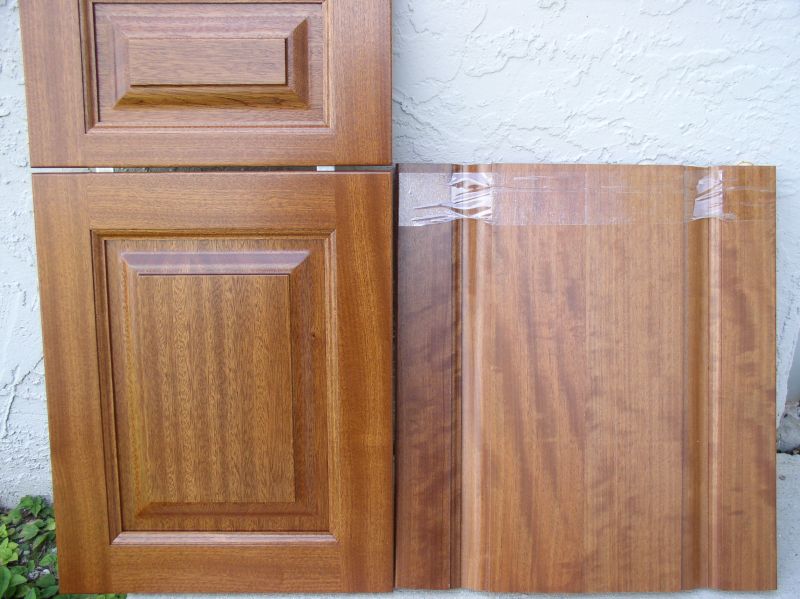Q.
1) Some types of hickory (maybe pecan) have a very large variation of colors between the sapwood and the heartwood. When milling this wood, does it make sense to separate the sapwood from the heartwood?
2) What is quarter sawing?
3) What do most people do with cherry sapwood?
Forum Responses
With hickory and pecan, the sapwood is white and the heartwood is brownish. This is normal. Sometimes, hickory will have stronger color variations due to improper handling and drying. Pecan color is not as pretty (in many people's eyes) as hickory. There are 4 species of each; they are not usually separated in the lumber market, but all 8 are sold as hickory (legally).
Quartersawn refers to the angle of the rings (when viewed from the end grain) to the face of the lumber. Often flatsawn has the rings at 0 to 45 degrees and quartersawn is 45 to 90. Sometimes quartersawn is called vertical grain.
Sometimes, riftsawn is also used for quartersawn that is 45 to 65 (or so) and then quartersawn is 65 to 90. This definition varies from mill to mill.
Gene Wengert, forum technical advisor
How would you go about quarter sawing on a band mill?
To quartersaw on a band mill,
1) Level your log so that the pith of the log is level, and cut in half.
2) Turn 90 degrees and split again. You may have to cut the two halves separately.
3) You should now have 4 pie shaped cants. Role three off the mill.
4) Dog the remaining cant flat side down and saw a board from the bottom of it. For instance, if you are sawing 4/4", set the scale at 1".
5) Remove the board from the bottom of the cant, and roll it to the other flat.
6) Cut and roll until you are left with a piece too small to get another board. I sometimes try to square this last part up for a turning blank or table leg.
7) Repeat with the remaining 3 cants.
This method results in several 90 degree (premium) quartered boards in the middle with a range of 'rift' sawn boards on either side.
I cannot recall a commercial operation that separated cherry sap from heart or took special care to eliminate sapwood. It is normally not a defect to have sapwood, except that export markets will require its removal, which also means more waste and higher prices for the remaining lumber.
Gene Wengert, forum technical advisor
I have steamed walnut boards packed right tight to each other for about a week and it softens the transition a bit, but I don't like the loss of color in the heartwood as a result of steaming, albeit a more even chocolate brown color.
4/4 = 1" thick
8/4 = 2" thick
The dimensions vary from sawyer to sawyer. I ask mine to cut at 1-1/4" on specialty woods, and I usually get a rough milled board around 1-1/8 or so and after drying, I can plane out almost always right at 1". My customers like the added thickness, and it gives me a fudge factor, should the board cup, warp or twist a bit more than I expected.
